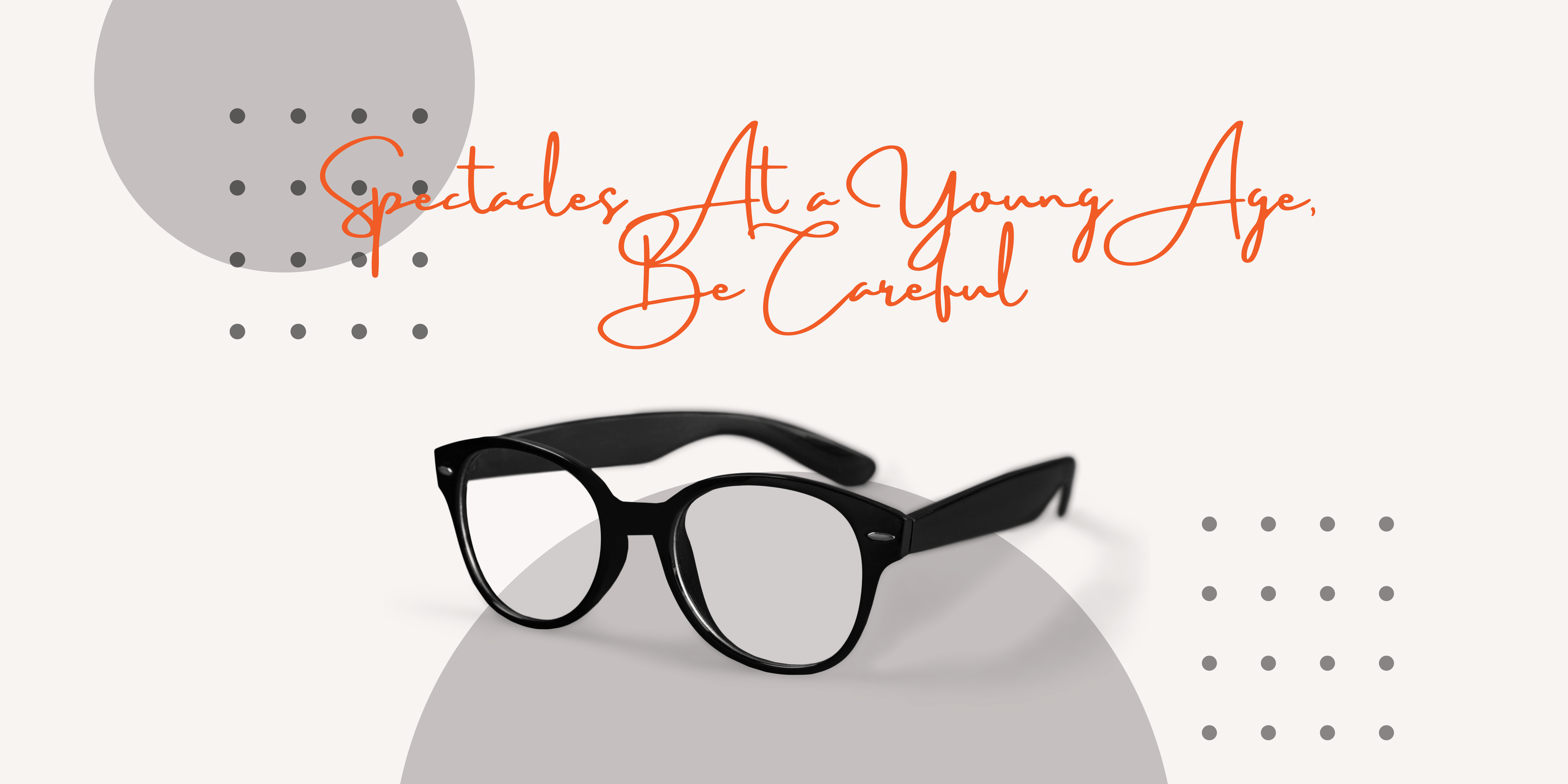Spectacles At a Young Age, Be Careful
Introducing Spectacles to Children: A Guide to Responsible Use
The Importance of Caution When Using Spectacles at a Young Age
In today’s digital age, where screens have become an integral part of daily life, the use of spectacles among the younger generation is on the rise. While eyeglasses serve as a valuable tool for correcting vision problems, particularly among children and adolescents, it’s crucial to exercise caution and consider certain factors before introducing spectacles to a young individual’s life.
Understanding the Need:
The decision to provide a child or teenager with spectacles should always begin with a comprehensive eye examination by a qualified eye care professional. Vision problems can manifest at any age, and early detection is key to addressing them effectively. Parents, teachers, and caregivers should be vigilant for signs of vision issues, such as squinting, frequent headaches, difficulty focusing, or sitting too close to screens or books.
Importance of Professional Assessment:
Before obtaining eyeglasses for a young individual, it’s imperative to consult an optometrist or ophthalmologist. These professionals have the expertise to diagnose the specific visual impairment accurately. They can determine the correct prescription for eyeglasses, ensuring that the lenses are tailored to the individual’s unique needs. Relying on over-the-counter reading glasses or using another person’s prescription can lead to incorrect vision correction and potential discomfort.

Potential Impact on Developing Eyes:
Young eyes are still in the process of development, and introducing corrective lenses too early without proper assessment can have unintended consequences. It’s important to note that wearing eyeglasses that are not needed may hinder the natural development of the eyes and their ability to adapt to varying distances. This is why professional evaluation is crucial, as it considers the developmental stage of the eyes before prescribing corrective lenses.
Digital Device Usage:
The widespread use of digital devices has brought about a new set of challenges for young eyes. Prolonged screen time can contribute to digital eye strain, which includes symptoms like dry eyes, eye fatigue, and headaches. In some cases, addressing digital eye strain may not require permanent eyeglasses but rather strategies to reduce screen time, maintain proper lighting, and follow the 20-20-20 rule (stopping for a 20-second glance at somewhere 20 feet away every 20 minutes).
Promoting Healthy Vision Habits:
While spectacles can greatly enhance visual clarity, they should be viewed as a part of a comprehensive approach to eye health. Encouraging children and teenagers to engage in outdoor activities, maintain a balanced diet rich in eye-friendly nutrients (like vitamin A and omega-3 fatty acids), and follow proper screen usage guidelines can contribute to their overall visual well-being.
In conclusion, the decision to provide spectacles to a young individual should not be taken lightly. It requires careful consideration, professional assessment, and an understanding of the potential impacts on developing eyes. While eyeglasses can offer significant benefits by correcting vision problems and improving quality of life, their introduction should be guided by experts in the field of eye care. By prioritizing eye health and making informed decisions, we can ensure that the younger generation enjoys clear vision while promoting the long-term health of their eyes.




